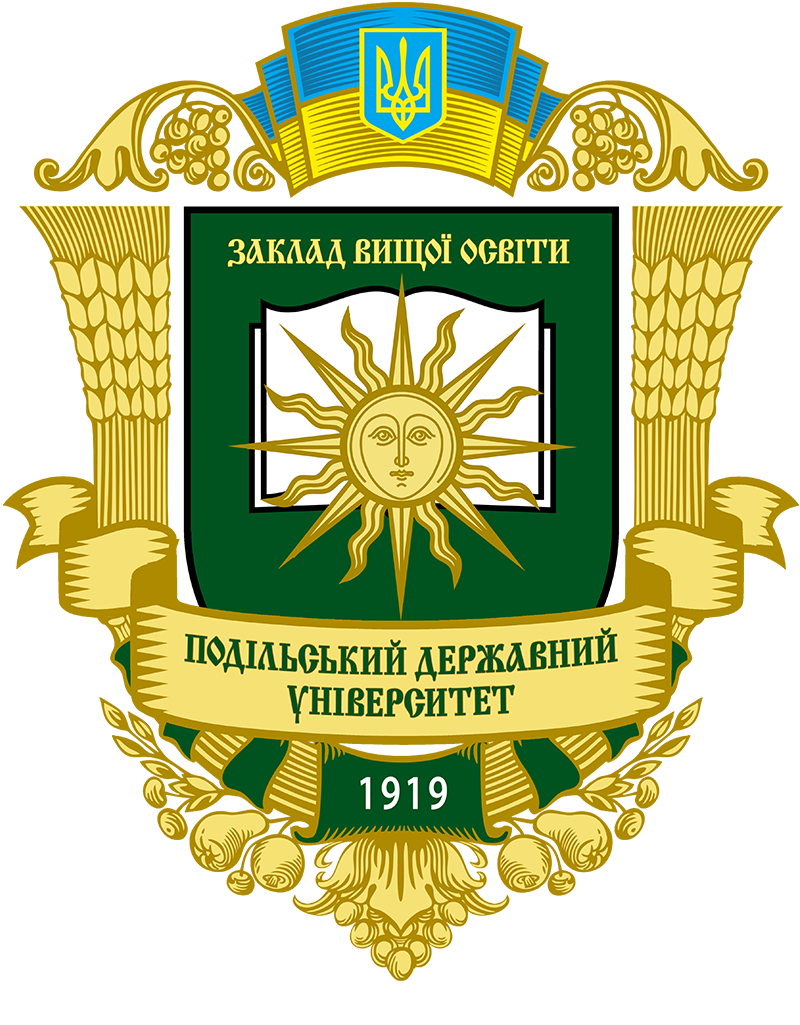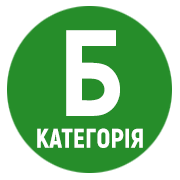THE INFLUENCE OF NON -TRADITIONAL ORGANIC -MINERAL FERTILIZERS ON THE ROOTING OF CHRYSANTHEMUM
DOI:
https://doi.org/10.37406/2706-9052-2024-2.2Keywords:
cuttings, chrysanthemum, number of roots, length of roots, sewage sludge, growth biostimulators.Abstract
The article presents the results of the influence of non-traditional organo-mineral fertilizers and biologically active substances on the rooting of green chrysanthemum cuttings in protected soil conditions. Thus, the biologically active substances Heteroauxin and Kornevin showed a positive effect on the rooting of chrysanthemum cuttings against the background of nutrient substrates using sewage sludge and buckwheat husk ash. This is due to the presence of organic matter in the investigated fertilizers, which improves the soil structure, as well as the presence of coarse particles and calcium, which improve the water-physical properties of the soil. The highest percentage of rooting was noted in the variant with the introduction of sewage sludge (6 kg/m2) and cuttings treatment with Heteroauxin and was 87.9% for the variety ‘Balthazar intensive’, 90.9% for the variety ‘Gavia’, which is more in compared to the control by 22.7 and 22.3%, respectively. There were no significant differences in the effect of Heteroauxin and Kornevin on the rooting of chrysanthemum cuttings. The number of roots on experimental variants increased by 1.5–3 times compared to the control. Thus, on the option of soil mixture + sewage sludge 6 kg/m2 + buckwheat husk ash + Heteroauxin, the number of roots in the ‘Balthazar intensive’ variety was 16 pcs., and in the ‘Gavia variety’ – 17 pcs., which is more than in the control by 10 and 9 pcs. in accordance. On the option of soil mixture + sewage sludge 6 kg/m2 + buckwheat hull ash + Kornevin of variety ‘Balthazar intensive’ – 15 pcs., and ‘Gavia variety’ – 16 pcs., which is more than on the control by 9 and 8 pcs. in accordance. Among the varieties, the largest number of roots on the cuttings was noted in the ‘Havia’ variety. It was established that the greatest growth of cuttings was noted on the option of soil mixture + sewage sludge 6 kg/m2 + buckwheat husk ash with the use of the growth stimulator Heteroauxin. Thus, in the ‘Balthazar intensive’ variety, the growth of shoots on the cuttings of chrysanthemum was 5.2 cm, and in the ‘Havia’ variety – 5.4 cm, which is 3.0 and 2.7 cm more than the control. Thus, it can be concluded that nutrients, macro- and microelements of sewage sludge, buckwheat husk ash, biologically active substances activate growth processes and contribute to the formation of a powerful root system. In addition, they activate growth processes and contribute to a large growth of cuttings in height.
References
Безвіконний П.В., Тарасюк В.А., Потапський Ю.В. Вплив біостимуляторів росту на біометричні показники живців хризантеми садової великоквіткової. Подільський вісник: сільське господарство, техніка, економіка. 2023. № 38. С. 9–14.
Ковальов М.М., Супрягіна Н.П., Медвєдєва О.В. Використання осадів стічних вод як органічного добрива та шляхи мінімізації негативного впливу на навколишнє середовище. Наукові записки. 2013. Вип.13. С. 43–45.
Ковальов М.М., Шпак С.А., Кваша Я.О. Використання осадів стічних вод для покращання структурно-агрегатного складу еродованих ґрунтів. Наукові записки. 2014. Вип. 15. С. 58–61.
Мікробіологічні препарати сьогодні – високий урожай завтра. URL: http://www.fitolab.volyn.ua/informuiemo/82-mikrobiolohichni-preparaty-sohodnivysokyi-urozhai-zavtra-2/.
М’ялковський Р.О., Безвіконний П.В. Вплив біостимуляторів росту на укорінення живців хризантеми корейської в умовах захищеного ґрунту. Таврійський науковий вісник. 2023. № 130. С. 136–142.
Природоохоронні технології / навчальний посібник. Ч.3: Методи переробки осадів стічних вод / В.Г. Петрук, І.В. Васильківський, І.І. Безвозюк, Р.В. Петрук, П.М. Турчик. Вінниця : BHTY, 2013. 324 с.
Метод оцінки впливу екзогенних біостимуляторів на укорінення стеблових живців / С.І. Слюсар, О.М. Якобчук, О.В. Колесніченко, Р.Ю. Мамонова. Біоресурси і природокористування. 2019. Том 11. № 1–2. C. 128–136.
Тихонова О.М., Бондарєва Л.М. Вегетативне розмноження Chrysanthemum x Koreanum Makai в умовах ННВК Сумського НАУ. Вісник Уманського національного університету садівництва. 2018. № 1. С. 83–86.
Kaplan M. The National Master Plan for Agricultural Development in Suriname. Final Report. Applied Ecology and Environmental Sciences. 2021. Vol. 9, № 2. P. 280–285.
Urban parks as an important component of environmental infrastructure: Biodiversity conservation and recreational opportunities/ R. Myalkovsky, D. Plahtiy, P. Bezvikonnyi, O. Horodyska, K. Nebaba. Scientific Journal Ukrainian Journal of Forest & Wood Science. 2023, Vol 14, Issue 4, P. 57–72.
Rai P.K., Singh M., Upadhyay A.K. Influence of substrate and moisture content on growth and reproduction of Eisenia fetida during vermicomposting of municipal solid waste. Journal of Environmental Management. 2017. Vol. 2, № 4. P. 189–196.
Application of plant growth regulators in ornamental plants / Y. Sajjad, М. Jaskani, M. Asif, M. Qasim. Pakistan Journal of Agricultural Sciences. 2017. № 54 (2). P. 327–333.
Suthar S. Vermicomposting of organic wastes: а review. International Journal of Environment and Waste Management. 2016. Vol. 18, № 1. P. 84–103.
Abdullah Growth and Flowering of Chrysanthemum в Subtsrate Culture under Root Restricted / T. Viyachai, L.A. Thohirah, H. Siti Aishah, W.Y. Wan. 24th Malaysian Society of Plant Physiology Conference (MSPPC 2013) held at Prinz Park Resort Terengganu (27–29 August 2013). 2013. Vol. 22. P. 43–47.










